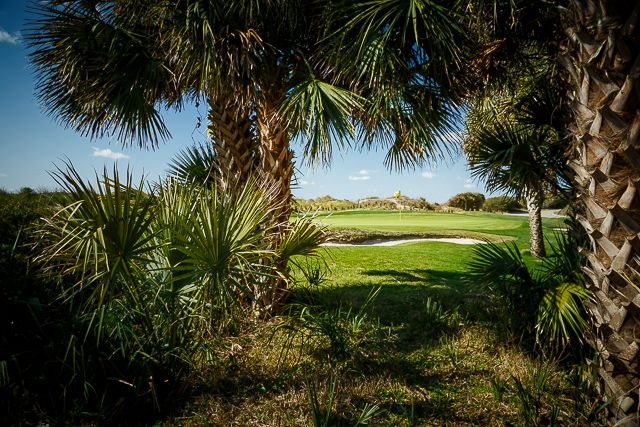

Winds gusted to as high as 49 at Fort Johnson, 47 in Charleston Harbor and 43 mph at the Savannah airport.

In wake of the front as the colder air started to rush in, there were reports of several trees down across the forecast area. Isolated thunderstorms developed in advance of an arctic cold front, producing hail as large as quarters at Fort Moultrie in the Charleston area.Also, downtown Charleston has its coldest temperature in January at 10 degrees. The all-time record lows occur at the Charleston and Savannah airports, with 6 degrees and 3 degrees, respectively.The leading edge of an arctic air mass produces a few snow flurries in parts of Charleston and Berkeley counties.In addition, gale force winds occurred over the Atlantic and in Charleston Harbor, with wind gusts over land of 30-35 mph. There was even a light glaze on cars and grassy surface in a few spots. An arctic cold front moves through the area accompanied by light snow and sleet in several areas, mainly in SC during the evening.

Downtown Charleston drops to 20 degrees, its coldest reading since 1996. This includes the coldest of 13 degrees at both Allendale and Walterboro. The polar vortex plunges south into southern Canada and the Great Lakes, causing temperatures locally down into the teens in many areas.This included 53 mph at Sullivans Island, 52 mph at Sapelo Island and at Buoy 41004, with even 50 mph as far inland as Hunter Army Air Field near Savannah and at Fort Stewart in Hinesville. Winds reached 50 mph or more across parts of the area.The highest winds were in excess of 50 or 60 mph, and there were numerous reports of wind damage behind the front, along with blowout tides at the coast. Rainfall amounts totalled as much as 3 to 4 inches across parts of inland Georgia and 2 to 3 inches across parts of inland South Carolina. Deepening low pressure that moves through the Southeast and followed by cold advection behind a strong cold front brings heavy rains and then very strong winds to the area.The Charleston Airport recorded snow on the ground for 5 consecutive days which is the most on record. Due to the continued cold air in place after the storm, the snow and ice remained on the ground in spots for many days causing significant disruptions to travel and commerce.

This made it the snowiest January on record at Charleston Airport and 2nd snowiest at Savannah Airport (KSAV). Charleston Airport (KCHS) measured 5.3 inches of snow, the 3rd greatest daily snowfall on record. The storm produced a variety of wintry precipitation, including snow, sleet and freezing rain.


 0 kommentar(er)
0 kommentar(er)
